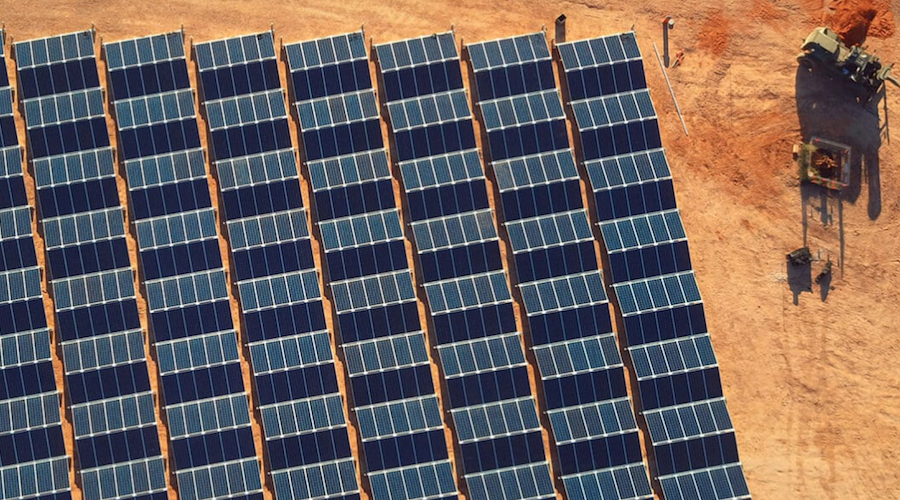
The $22-billion AAPowerLink project is expected to be one of the world’s largest renewable energy infrastructure projects as it will include a 12,000-hectare, 17-20 GW solar farm located near sunny Darwin in Australia’s Northern Territory.
AAPowerLink will be almost 10 times the size of the 2.245-GW Bhadia solar farm in India, the world’s largest
The farm will host one of the largest batteries on the planet capable of storing between 36-42GWh of power and overhead cables that will travel north to the coast and will then connect to a 4,200-kilometre undersea high voltage direct current cable system that will run all the way to Singapore via some Indonesian islands. Investments in Indonesia add up to $2 billion.
Sun Cable expects the project to supply up to 15% of Singapore’s electricity needs, starting from 2028, with local generation beginning in Darwin in 2026 after a three-year construction timeline. The project is also expected to reduce the Asian country’s emissions by 6 million tonnes per year, matching the entire climate abatement gap in Singapore’s announced 2030 targets.
“We want this world-leading project to create a step-change in the Indo-Pacific’s capability to achieve net-zero ambitions and economic growth sustained by renewable energy,” David Griffin, Sun Cable’s CEO, said in a media statement. “We are developing the technology that integrates solar, storage and high voltage direct current (HVDC) transmission technologies, to meet the large-scale demand for renewable energy. There is a significant alignment with the Australian Government’s Technology Roadmap and Lowering Emissions MOU signed with Singapore in October 2020.”
Once completed, AAPowerLink will be almost 10 times the size of the 2.245-GW Bhadia solar farm in India and will have more than 30 times more energy storage than CEP Energy’s 1.2-GW battery expected to become operational in New South Wales in 2023.




